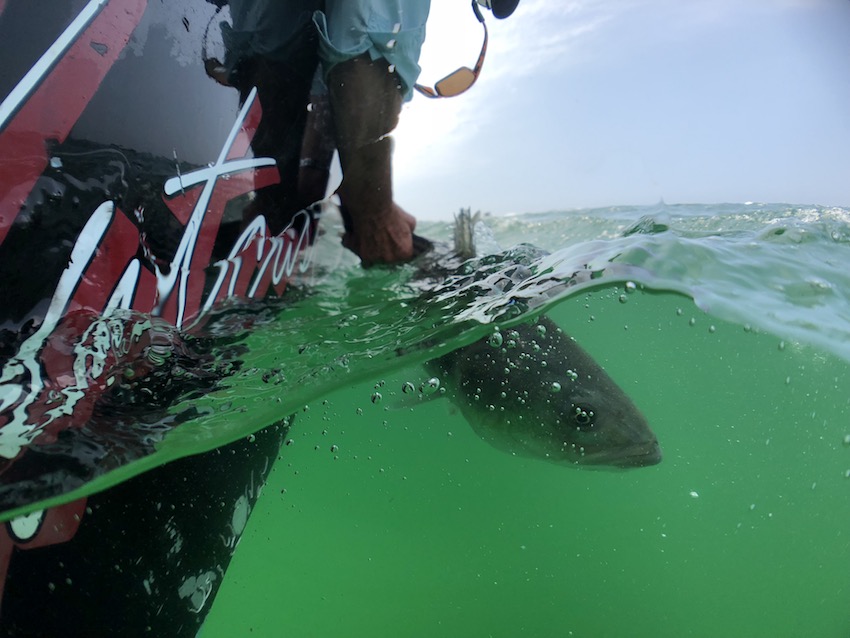
Another reason to release a breeder.
As stripers forage and grow larger, their meat and fat accumulate certain elements and toxins, specifically mercury and polychlorinated biphenyl (PCBs).
One of the most concentrated forms of exposure that humans have to methyl-mercury and PCBs come from ingesting fish, but it’s important to remember that not all filets are created equal. Striped bass have potential exposure to methyl-mercury and PCBs every day as they forage. Small striped bass show low levels of mercury and PCBs, but as they grow larger these toxins bioaccumulate and magnify to levels that are potentially very dangerous. These toxins are of such concern to striped bass anglers that every state on the east coast where striped bass are caught, except for Massachusetts, puts out consumption advisories.
This all rolls up to one question, why do recreational anglers place such an importance on harvesting big old fat fecund female stripers? These large fish have the highest probability to be loaded with dangerous levels of methyl-mercury and PCBs. These fish also happen to be the most important segment of the population for future spawning stock biomass (SSB) recruitment.
LINK (via: Marine Fish Conservation Network)






Definitely NOT a toxic pastime, Angling, just one rendered a smidge poisonous at times by what we Anglers (who are only “Look on my Works, ye Mighty, and despair!” would-be Alpha-male human beings after all) want out of it: not quietly personally satisfying and rewarding Recreation (big swoosh good), but trophy-brandishing “Beat this one, fellas!” (chestbeating double-bad).
The commenter grunts, scratches a hairy armpit, picks up his Number 1 club, and retires to his Neanderthal cave….